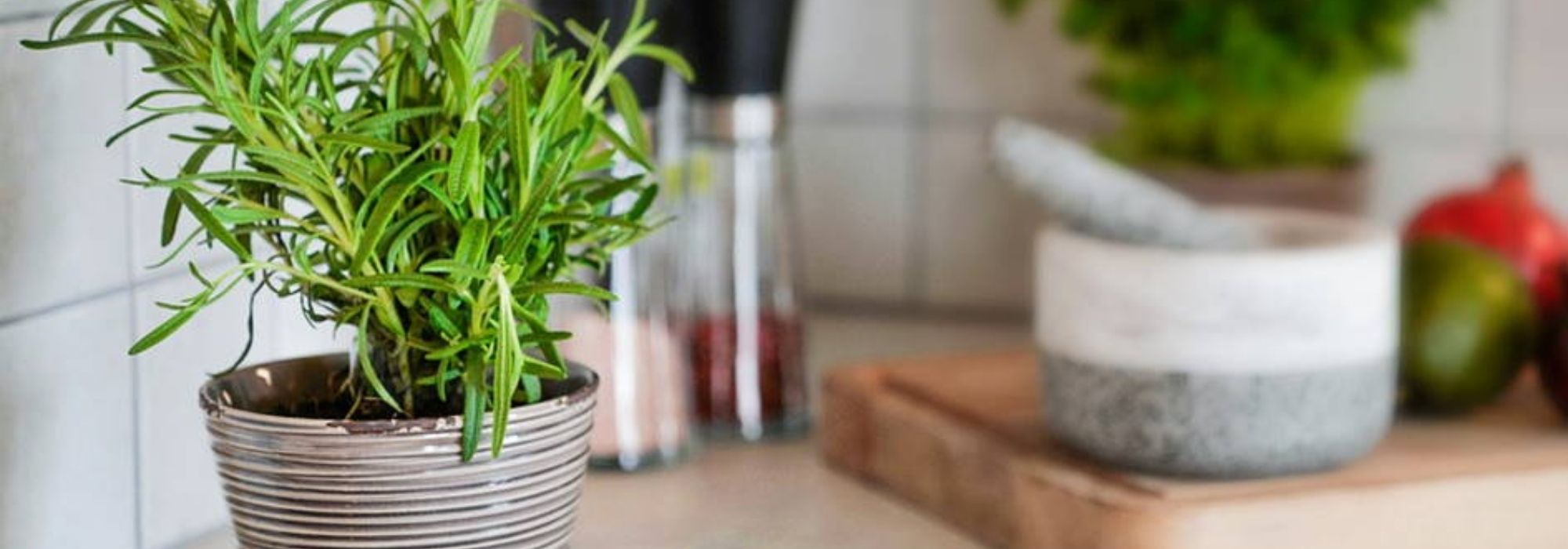
Which aromatic plants to grow indoors?
Growing, advice and tips
Contents
In the kitchen, culinary herbs work wonders: dill and fennel accompany fish, basil enhances tomato-based dishes, chives scent omelettes, coriander flavours soups, tarragon pairs well with chicken, oregano blends deliciously with pasta, lemon balm adds a citrus note to fruit salads…
Perennial plants, biennial or annual, they thrive in all garden soils, provided these are well drained. For growing indoors, certain precautions must be taken: here are our tips to succeed with your plantings and enjoy them all year round.
Which aromatic plants to grow in pots?
Aromatic plants mainly belong to three botany families :
- Alliaceae: composed of perennial herbaceous plants, mostly bulbous, this family includes garlic, onion, chives, shallot…
- Apiaceae: composed of herbaceous plants, mostly aromatic annuals, this family encompasses chervil, fennel, parsley…
- Lamiaceae: composed of herbaceous plants that produce essential oils, this family gathers basil, sages, rosemary, mint, thyme…
If not all aromatic plants can be grown indoors, most of the herbs used in cooking tolerate this cultivation. However, be careful: even if some cope with seasonal changes, their characteristics and needs must be respected to ensure an optimal harvest.
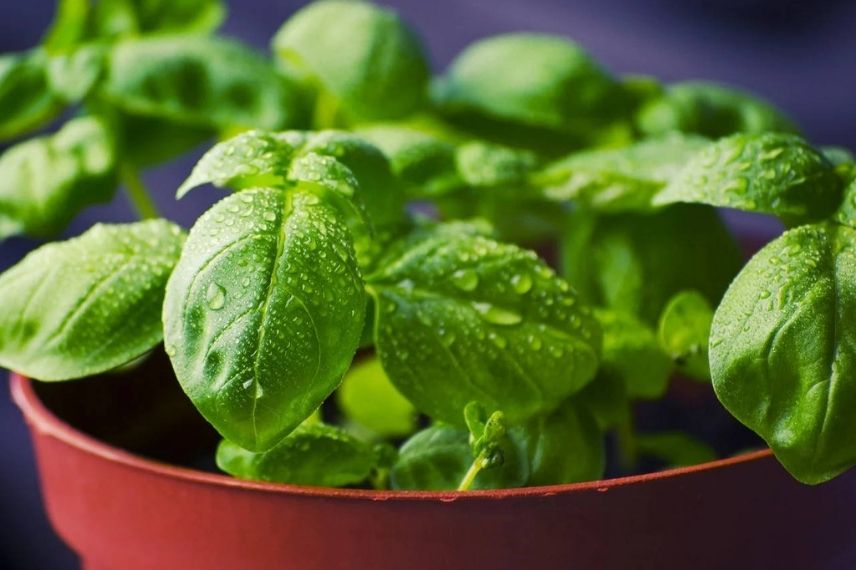
Read also
Growing mint in potsHow to successfully grow herbs indoors?
What are prerequisites for aromatic herbs?
Indoors, no need to wait for right season: you plant whenever you want, at any time of year!
Pot or planter must be large enough to aerate plants and leave a few centimetres between each of them: most adapt well to a shallow container about 20 centimetres deep. Note that rosemary, becoming a bush, will thrive better in a pot of at least 30 cm.
Choice and frequency of fertiliser application depend on plant: while thyme and bay do not need much, flowering aromatic herbs have greater potash requirements. Thus, for parsley and basil, a fertiliser combining phosphorus, nitrogen and potash should be applied every two waterings. Finally, for members of Lamiaceae, a single application at repotting is sufficient.
What are main stages of growing?
In a pot or planter, place a little clay pebbles or gravel (3–5 cm), some potting compost mixed with garden soil (two-thirds to one-third) and a pinch of fertiliser. Then, make a small hollow to place the seed. Once covered, mist everything with a little water to moisten it. On same principle, you can carry out sowing yourself or repot young plants.
Gardener’s tip: if you have chosen a pot without a drainage hole, slip some gravel in before adding the compost to avoid drowning aromatic herbs and to retain moisture at their roots.
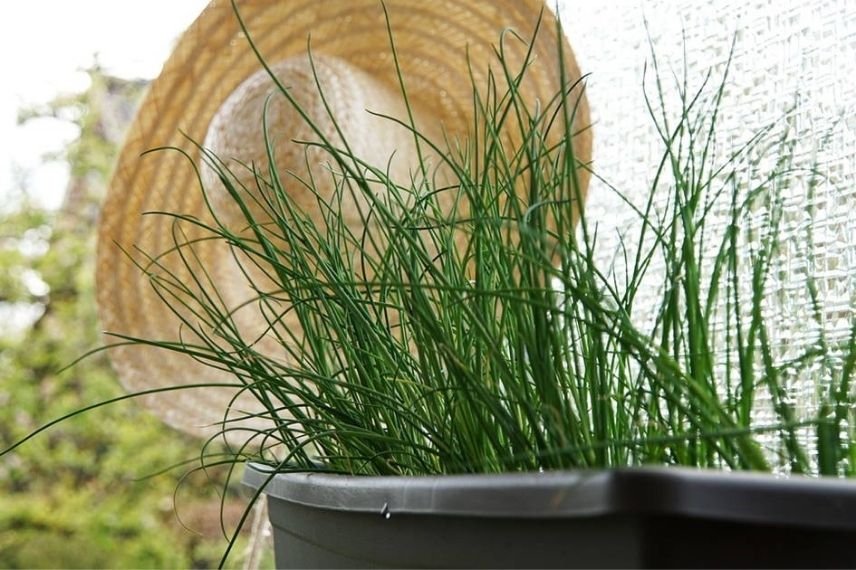
Discover other Herbs
View all →Available in 0 sizes
Available in 0 sizes
Available in 1 sizes
Available in 1 sizes
Available in 1 sizes
Available in 1 sizes
Available in 1 sizes
Available in 1 sizes
Available in 2 sizes
How to meet their sun and water needs?
Aromatic plants in pots do not require much maintenance. It is enough to find a suitable spot in the home to meet their light requirements and to know the recommended watering schedules.
What light and heat should they be given?
When chives, coriander, rosemary or thyme love the sun (4 to 5 hours a day), basil and mint should not be exposed to it directly, while being in a spot bathed in light. By contrast, parsley and tarragon require more shade (less than 3 hours’ sunlight a day).
Gardener’s tip: aside from sun and light, we advise against placing an aromatic plant next to a strong heat source (such as a radiator).
What is the right watering schedule?
As with ground-grown plants, most aromatic herbs require soil that is consistently moist: therefore water plants once a day in summer and every 2–3 days in winter.
Gardener’s tip: unlike others, thyme and rosemary must have soil completely dry between each watering. Remove the pot saucer to prevent their roots from remaining waterlogged. Ideally, raise it on small blocks of wood to aid drainage.
Read also
7 essential aromatic plantsHow to care for and make the most of these plants?
How to care for aromatic plants in pots?
Observing your potted aromatic plants daily and patiently, several physical signs should alert you and let you readjust the situation :
- If overwatered, it rots;
- If it lacks water, it dries out;
- If it gets too much sun, it yellows or develops spots;
- If stems elongate and leaves shrink, it is seeking light.
When and how to harvest?
Traditionally, harvest is done around flowering: aromatic plants are picked, if necessary, leaf by leaf. Preferably from not-too-young plants and from upper leaves, to encourage dense, vigorous growth. For thyme and chives, cut the stems, avoiding cuts too close to the plant base. Ideally, use scissors to remove about one third so regrowth is not affected.
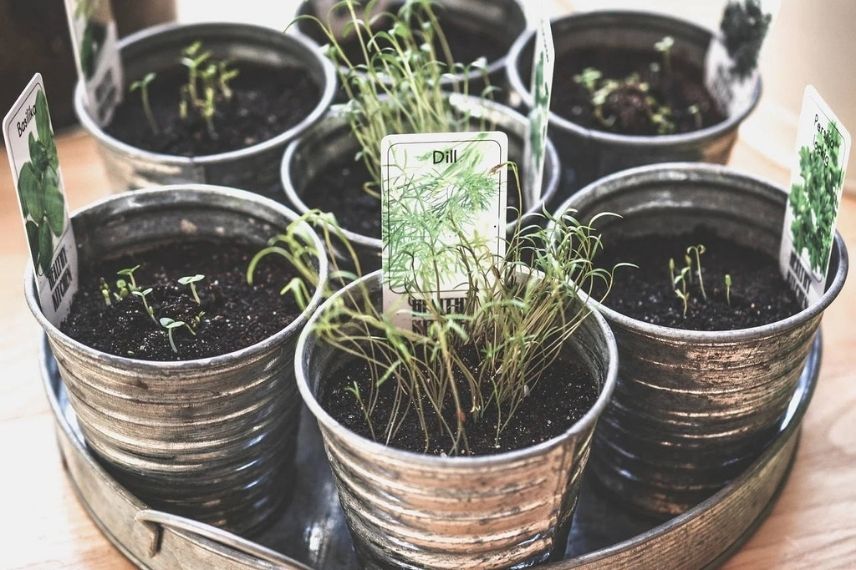
Which aromatic herbs can be grown together in the same pot or in the same exposure?
Relatively easy, growing aromatic herbs indoors requires attention to their needs for space, water or light. To meet these characteristics, some combinations are possible and/or recommended:
- Under moderate light and frequent watering, one pot can combine tarragon, parsley, sorrel, chives and coriander.
- Under strong light and occasional watering, bay laurel, thyme and the rosemary can be grown together.
Gardener’s tip: Invasive, mint needs a pot to itself. Same applies to basil which requires warmth, light and ample water.
- Subscribe!
- Contents
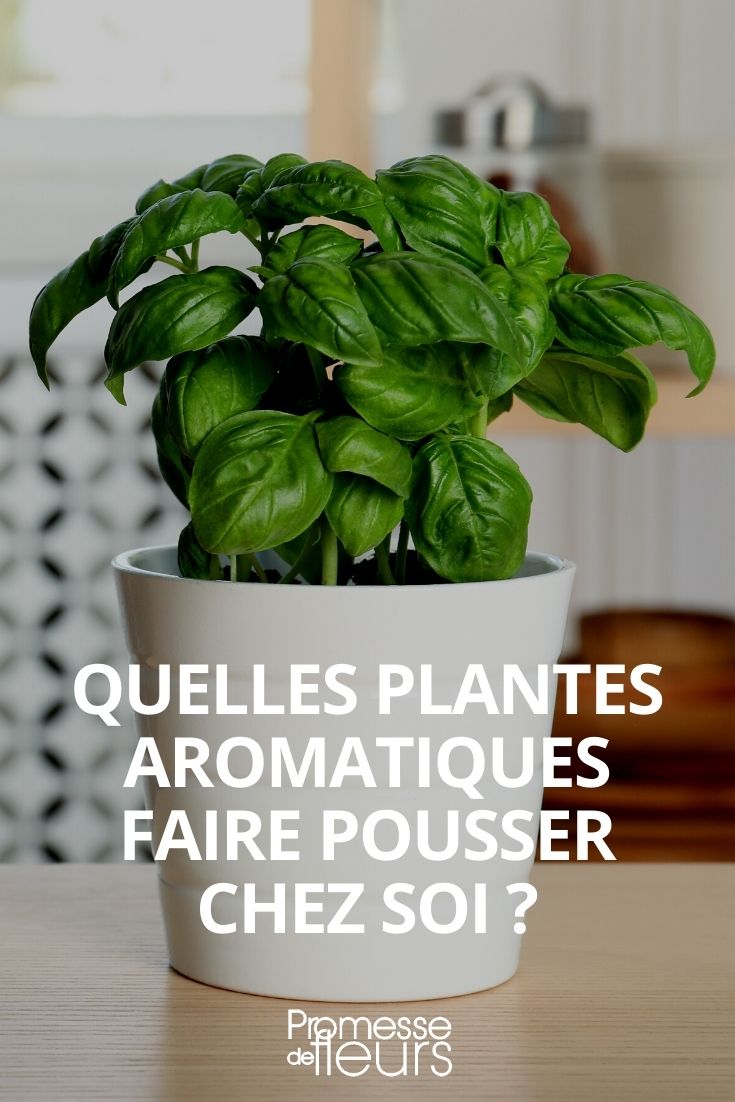































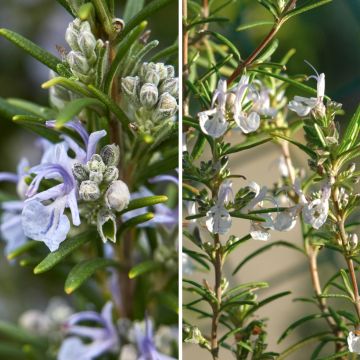
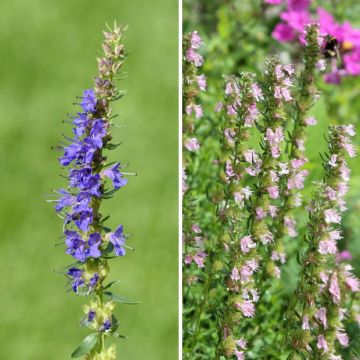
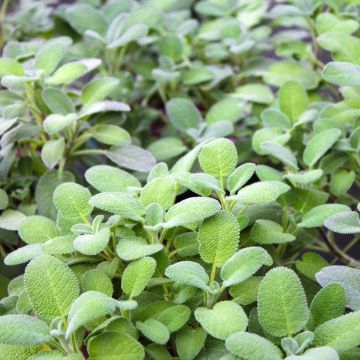
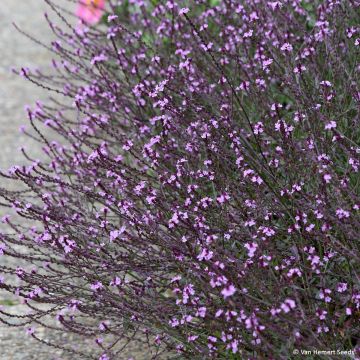
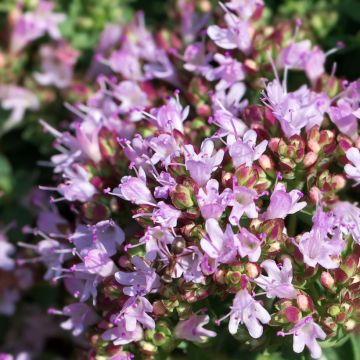
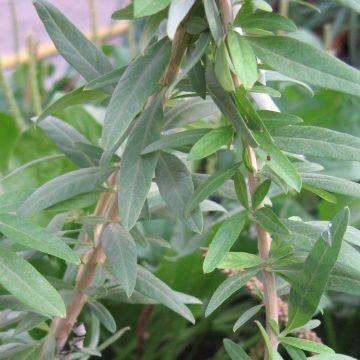
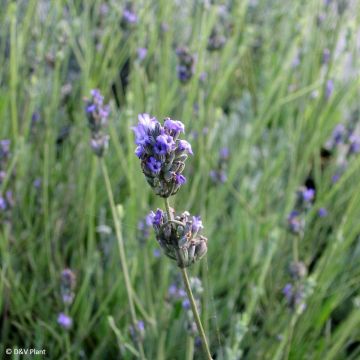
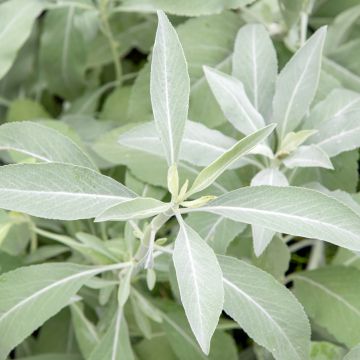
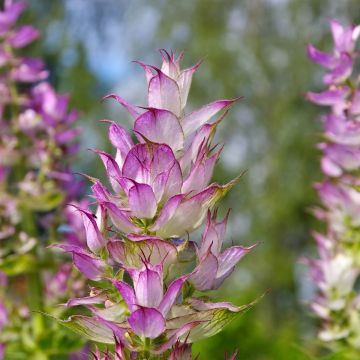
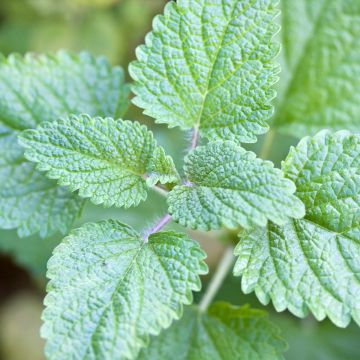
Comments